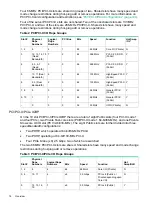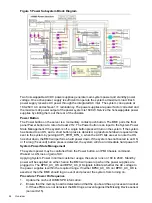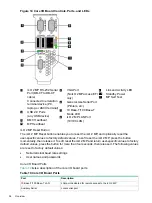
Table 3 PCI/PCI-X/PCIe I/O Rope Groups (continued)
Hot
Swap/OLR
Function
Speed
Bits
Logical Rope
Numbers
Physical
Rope
Numbers
Slot #
Y
PCIe x8 (Public)
2.5 Gbps
x8
3
4, 5, 6, 7
6
Y
High-Speed PCI-X
(Public)
133 MHz
64
2
2, 3
7
Y
High-Speed PCI-X
(Public)
133 MHz
64
5
9
8
Y
General PCI-X (Public)
66 MHz
64
1
1
9, 10
N
UCIO (Private)
33 MHz
32
0
0
-
PCIe MPS Optimization
For PCIe-based systems, each PCIe device has a configurable MPS (maximum payload size)
parameter. Larger MPS values can enable the optimization to gain higher performance. MPS
Optimization is supported on PCIe systems running HP-UX, OpenVMS, and Linux. System
firmware level greater than 02.03 performs an optimization during boot time to set the MPS value
to the largest size supported by both a PCIe root port and the devices below it.
The default server state is optimization disabled. When disabled system firmware sets MPS to
the minimum value on each PCIe device.
The
info io
command will display the current PCIe MPS optimization setting. See
To enable PCIe MPS optimization, use the
ioconfig mps_optimize
command. See
For non-PCIe systems,
ioconfig
and
info io
will not display the MPS optimization policy
setting. The Set PCIe MPS Optimization boot manager menu also will not be displayed. Running
the
ioconfig mps_optimize [on|off]
command from a non-PCIe system, the following
output will be displayed:
-------------
Shell> ioconfig mps_optimize
ioconfig: PCIe MPS optimization is not supported.
Shell> ioconfig mps_optimize on
ioconfig: PCIe MPS optimization is not supported.
Exit status code: Unsupported
Shell>
-----------------
To restore MPS to the default values, use the
default clear
command. See
Processor
The server processor subsystem accommodates one, two, three, or four dual-core Itanium
processor modules. The processor subsystem consists of the following components:
•
zx2 CEC front side bus, memory, and I/O controller
•
System clock generation and distribution
•
Circuitry for manageability and fault detection
The zx2 CEC and the processor modules are located on the processor board assembly. Each
processor connects to the processor board through a zero insertion force (ZIF) socket. The
Server Subsystems
19
















































